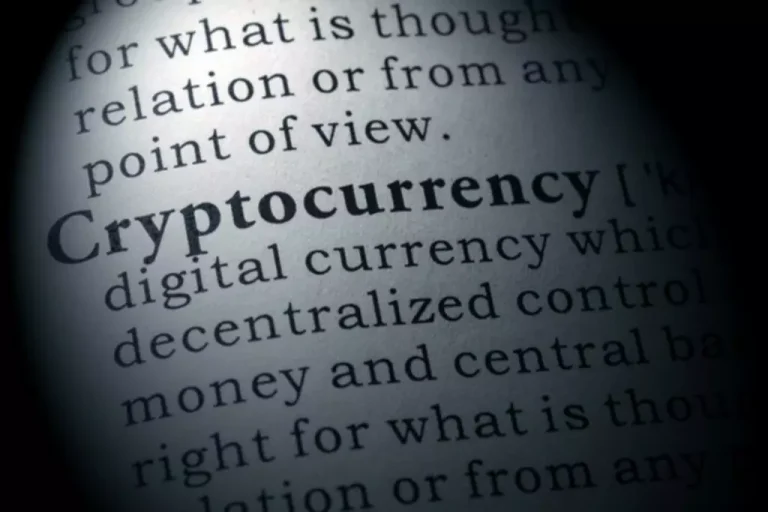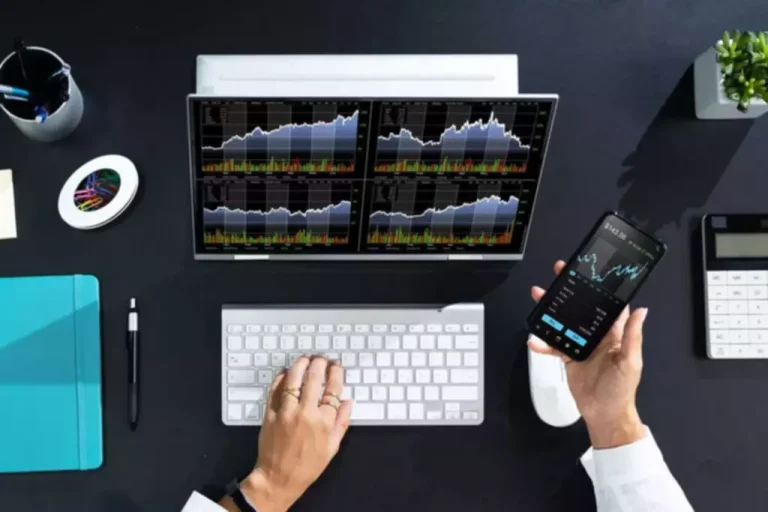Tokenizing real-world assets has lots of benefits, nevertheless it also comes with some challenges that must be addressed. Tax regulations associated to blockchain and cryptocurrency are presently unclear and never well-defined, lacking https://www.xcritical.in/blog/real-world-assets-rwa-tokenization-in-crypto/ a unified tax system. With intermediaries and counterparties not being part of the process, trading becomes more secure with streamlined activities. Retail traders are concerned in initiatives, and tokenization is the best way to generate funding for them. We pride ourselves on delivering exceptional customer service and help, and we’re devoted to constructing long-lasting relationships with our purchasers. Contact us at present to learn more about our services and how we may help you rework your digital landscape with web3 and blockchain development.

Step 4: Distribution And Advertising
Hivelance focuses on creating real-world assets into digital tokens, making them more convenient and secure to commerce. With the creation of a novel AMM that helps property with time decay, Pendle gives users more management over future yield by offering optionality and opportunities for its utilization. Advancements in blockchain know-how, corresponding to improved scalability and interoperability, will further facilitate the growth of RWA tokenization. These technological improvements will allow extra efficient and seamless integration of real-world belongings into the blockchain ecosystem. Obtaining a license for real property tokenization platforms can be a complex and time-consuming process.

Actual World Asset Tokenization Platform Growth
- With its scalable and safe infrastructure, Orai enhances transparency and belief within the RWA market, empowering buyers to make informed choices.
- For TV, we could schedule a technician visit to your location and determination might be provided primarily based on the technician’s analysis report.
- As you all know tokenization is the method of converting rights or ownership of a bodily asset right into a digital token that can be traded and managed on a blockchain.
Tokens are digital, a greater variety of individuals might interact in investment alternatives and purchase priceless things with out requiring a substantial sum of cash. Royalty Tokenization Converting future revenue sources like royalties from music, books, or patents into digital tokens, enabling for simpler commercialization and investment. Before delivering your tokenized asset, we conduct inflexible testing in a big selection of scenarios to verify everything works properly and securely. Using our platform, high-value belongings may be divided into extra manageable, smaller pieces, democratizing investment choices and broadening your pool of possible traders.
Understanding Real-world Property: A Vision For Penetration Of Tokenization In India
Hivelance is the leading Real world asset token development firm that has a group of expert developers to create yours as per your small business requirements. Tokenization is the process of converting the possession of a real-world asset, corresponding to land, gold, property rights, and so forth., into a digital token. Real world asset tokenization service provides conversion of ownership or funding in conventional monetary assets corresponding to stocks or bonds into digital tokens. One property is split into different components, known as belongings, and those belongings are monetized. As the event will get accomplished, the algorithm of the contract turns into activated, and the block retains getting added to the blockchain.
Real World Asset Tokenization Development

Your tokenized belongings are effortlessly integrated with the blockchain networks of your alternative by us. We have developed systems that maximize cost-effectiveness, scalability, and interoperability throughout many distributed ledger platforms. Real-world belongings (RWAs) are injecting vitality into the asset landscape by bridging the hole between traditional and technological realms. The potential of RWAs is boundless, as virtually anything—from paintings, real estate, and carbon credit to monetary devices like bonds and stocks—can be tokenized. Real-world belongings (RWAs) use distributed ledger know-how corresponding to blockchain to observe asset performance.
The asset homeowners resolve what property to invest in, and the issuers decide on shareholder sort. They are certain elements to contemplate, such as the time interval for ROI, legal formations, and cash on return. For example, a real-estate asset could additionally be tokenized with the by-product asset being the rental earnings or the lease. We begin by studying about your business goals and asset specifics earlier than supplying you with an intensive rundown of the tokenization process and its possible advantages. We have given cautious consideration to regulatory adherence whereas developing our tokenization options, making certain that all relevant compliance procedures are in place to fulfill each nationwide and worldwide necessities. We create custom token models which would possibly be matched to your distinctive asset class and enterprise needs, guaranteeing the finest possible functioning and illustration within the digital ecosystem.
This course of includes dividing the asset into smaller items, each of which is represented by a digital token. Tokenization makes it easier to buy, sell, and commerce RWA, because it permits for fractional ownership and reduces the need for intermediaries. Aiming to move traditional financial belongings into the realm of distributed finance (DeFi), Centrifuge is probably considered one of the pioneering initiatives within the RWA sector.
It must combine with the single-source of reality that it represents could be something tangible, similar to actual property, artwork, collectibles, commodities, and even intangible assets like mental property or carbon credit. Digital Twinning of a RWA corresponds to integrating verifiable information of the asset to generate the token using Open API with User consent. Digital Twins will integrate with the Source APIs to ensure that the Token integrity stays true irrespective of changes in knowledge. This is the RWA being represented on the DLT should be immediately integrated with the single- supply of fact to ensure integrity of the RWA with its digital twin. Examples embrace real estate, fine art, collectibles, intellectual property, and even financial instruments like loans and invoices. Digital Assets such as Art, Music, Photographs, Videos, documents, textual content, singularly or combined, may be tokenized to ship value.
On blockchain networks, these tokens could be purchased, sold, or traded and point out ownership or worth in the underlying asset. Furthermore, asset categories like mental property and carbon credit may expertise increased tokenization, broadening the scope of funding alternatives in this dynamic landscape. Traditional financial establishments are enthusiastic in regards to the prospect of tokenizing assets they already trade, corresponding to gold, shares, and commodities.
Overall, real-world asset tokenization development in DeFi is transforming finance by enhancing accessibility, efficiency, and creativity. Ondo Finance, a decentralized platform, allows the tokenization of real-world belongings (RWA) on the blockchain. With its user-friendly interface and sturdy security features, Ondo Finance offers a seamless expertise for traders looking for to diversify their portfolios and gain exposure to tangible assets via blockchain know-how. Real-world asset tokenization involves converting physical property, similar to real property, commodities, and monetary devices, into digital tokens on a blockchain. This course of enhances liquidity, accessibility, and transparency, allowing for fractional possession and simpler switch of belongings.
Synthetix, a number one decentralized synthetic asset issuance protocol, empowers users to mint and commerce synthetic property, including real-world assets, commodities, and cryptocurrencies. By leveraging blockchain expertise and decentralized oracles, Synthetix permits the creation of asset-backed tokens. This revolutionary approach offers traders the power to gain publicity to a variety of property without bodily ownership. Synthetix’s scalable and secure platform enhances liquidity and accessibility in the RWA market, opening up new funding opportunities for users worldwide. CoinsQueens is on the forefront of remodeling asset management with real-world asset tokenization providers. Our web3 know-how offers a complicated method for reworking actual world asset tokenization providers.
Read more about https://www.xcritical.in/ here.





